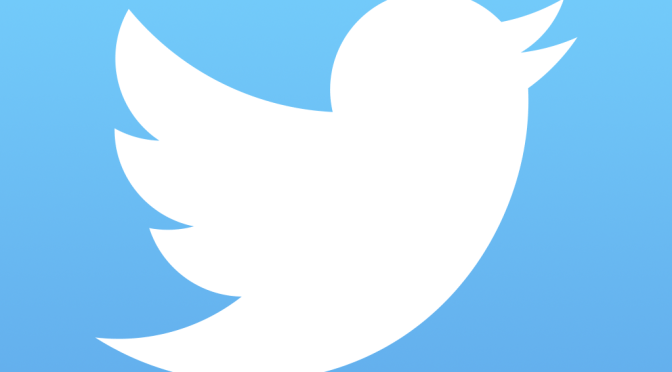Article Courtesy: The Verge
Twitter went into an uproar Friday after a BuzzFeed report that the social network was on the brink introducing an algorithmic, more Facebook-style feed. Twitter CEO Jack Dorsey tried to calm fears this morning in a series of tweets, but he did not deny the substance of the report. High-profile users have threatened to abandon the service, and the changes reportedly could arrive as soon as this week. The Verge has now seen the redesigned timeline and can share new details about how it’s going to work.
So, how will your new Twitter timeline look? With the caveat that some things could change in the final shipping version: a lot like the old timeline. Here are a couple of screenshots from a tipster who has been in the test group for several months:

You have to look close to see that the tweets are out of order: in this case, a few tweets from nine or ten hours ago show up before one that was posted two hours ago. But screenshots like these have been floating around for a few months now. What’s really important is how the new timeline works in practice.
Yes, you can opt out
The algorithm that will re-order your timeline is based on the one that ranks tweets for the “while you were away” feature that Twitter introduced a year ago. The best way to think of the new timeline is as an expanded version of this feature. Spend an entire day away from Twitter, and when you open the app again, you’ll see highlights from the day. If you open it up a few times a day, you’ll see a handful of “while you were away”-style sections breaking up the chronological tweets. And whenever you pull down to refresh your stream, it’s back to the regular, reverse-chronological timeline.
Here’s one way to think of it: scroll down through the timeline, and it’s like the Reddit homepage, showing the most popular things first. Scroll back up, and the feed turns into regular reverse-chronology Twitter. One tester told me that the new timeline will also show you related posts for popular tweets if you want to dive deeper. In any case, this will be the new Twitter by default — but you will be allowed to opt out of the new timeline, The Verge has confirmed.
Former Twitter employee Paul Rosania, who was the product manager for the timeline before leaving recently for Slack, mounted an impassioned defense of the re-ordered timeline this afternoon. “In a purely chronological feed, tweet quality is distributed *randomly,*” he wrote. “If you miss any tweets, *any at all,* there will be just as much good stuff in there as there is in what you actually see. Delivering some of that, by pushing down something else, is *guaranteed* to give you a better experience. Not by principle, just by math.” Rosania concluded: “Someday soon, the tweets you see will be a little more interesting, and the tweets you miss won’t be as important. And guess what: You won’t even notice. You won’t! You think you will, but you won’t.”
“It tears conversations apart.”
The Verge spoke to two users who have been testing the new timeline for a few months. Neither particularly liked it. “I started to get used to it but I still think that it is a terrible idea,” Twitter user Robin Bonny told me. “It tears conversations apart, and it’s really confusing when some people have been live-tweeting an event and those things get scattered all across my timeline. It makes it extremely hard to follow events, and destroys one of the core values of Twitter, in my opinion.” Another user, Coady DiBiase, was only slightly more positive. “It’s definitely nice in terms of catching up on things I might’ve missed, but it’s a departure from the core idea of Twitter, so overall it complicates things.”
But both are daily users of the product, and Twitter is in search of product changes that will bring them hundreds of millions of new users. The analyst Ben Thompson wrote recently that an algorithmic timeline has been one of Facebook’s core advantages over Twitter, allowing it continue to grow rapidly as Twitter’s growth slowed. As Bret Taylor, former chief technical officer of Facebook, put it this morning: “Algorithmic feed was always the thing people said they didn’t want but demonstrated they did via every conceivable metric. It’s just better.”
Now we know how Twitter’s algorithmic timeline works — but aside from those who have been testing it, it’s unclear how it will feel. Is it truly the best of Twitter, delivered effortlessly? Or, like Bonny says, does it break up conversations and take other tweets out of context? It does not feel like an overstatement to say Twitter’s future could hinge on the answer.
